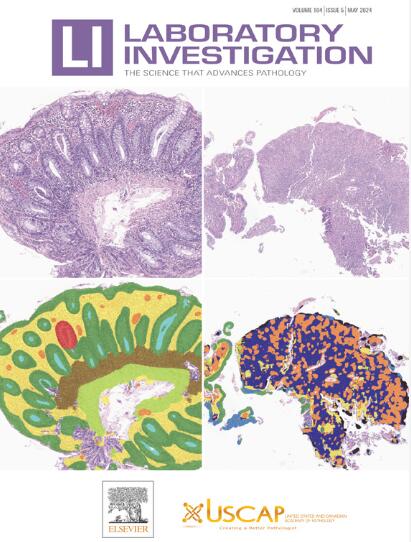A Novel Artificial Intelligence-Based Parameterization Approach of the Stromal Landscape in Merkel Cell Carcinoma: A Multi-Institutional Study
Abstract
Tumor–stroma ratio (TSR) has been recognized as a valuable prognostic indicator in various solid tumors. This study aimed to examine the clinicopathologic relevance of TSR in Merkel cell carcinoma (MCC) using artificial intelligence (AI)-based parameterization of the stromal landscape and validate TSR scores generated by our AI model against those assessed by humans. One hundred twelve MCC cases with whole-slide images were collected from 4 different institutions. Whole-slide images were first partitioned into 128 × 128-pixel “mini-patches,” then classified using a novel framework, termed pre-tumor and stroma (Pre-TOAST) and TOAST, whose output equaled the probability of the minipatch representing tumor cells rather than stroma. Hierarchical random samplings of 50 minipatches per region were performed throughout 50 regions per slide. TSR and tumor–stroma landscape (TSL) parameters were estimated using the maximum-likelihood algorithm. Receiver operating characteristic curves showed that the area under the curve value of Pre-TOAST in discriminating classes of interest including tumor cells, collagenous stroma, and lymphocytes from nonclasses of interest including hemorrhage, space, and necrosis was 1.00. The area under the curve value of TOAST in differentiating tumor cells from related stroma was 0.93. MCC stroma was categorized into TSR high (TSR ≥ 50%) and TSR low (TSR < 50%) using both AI- and human pathology–based methods. The AI-based TSR-high subgroup exhibited notably shorter metastasis-free survival (MFS) with a statistical significance of P = .029. Interestingly, pathologist-determined TSR subgroups lacked statistical significance in recurrence-free survival, MFS, and overall survival (P > .05). Density-based spatial clustering of applications with noise analysis identified the following 2 distinct TSL clusters: TSL1 and TSL2. TSL2 showed significantly shorter recurrence-free survival (P = .045) and markedly reduced MFS (P < .001) compared with TSL1. TSL classification appears to offer better prognostic discrimination than traditional TSR evaluation in MCC. TSL can be reliably calculated using an AI-based classification framework and predict various prognostic features of MCC.

 求助内容:
求助内容: 应助结果提醒方式:
应助结果提醒方式:


